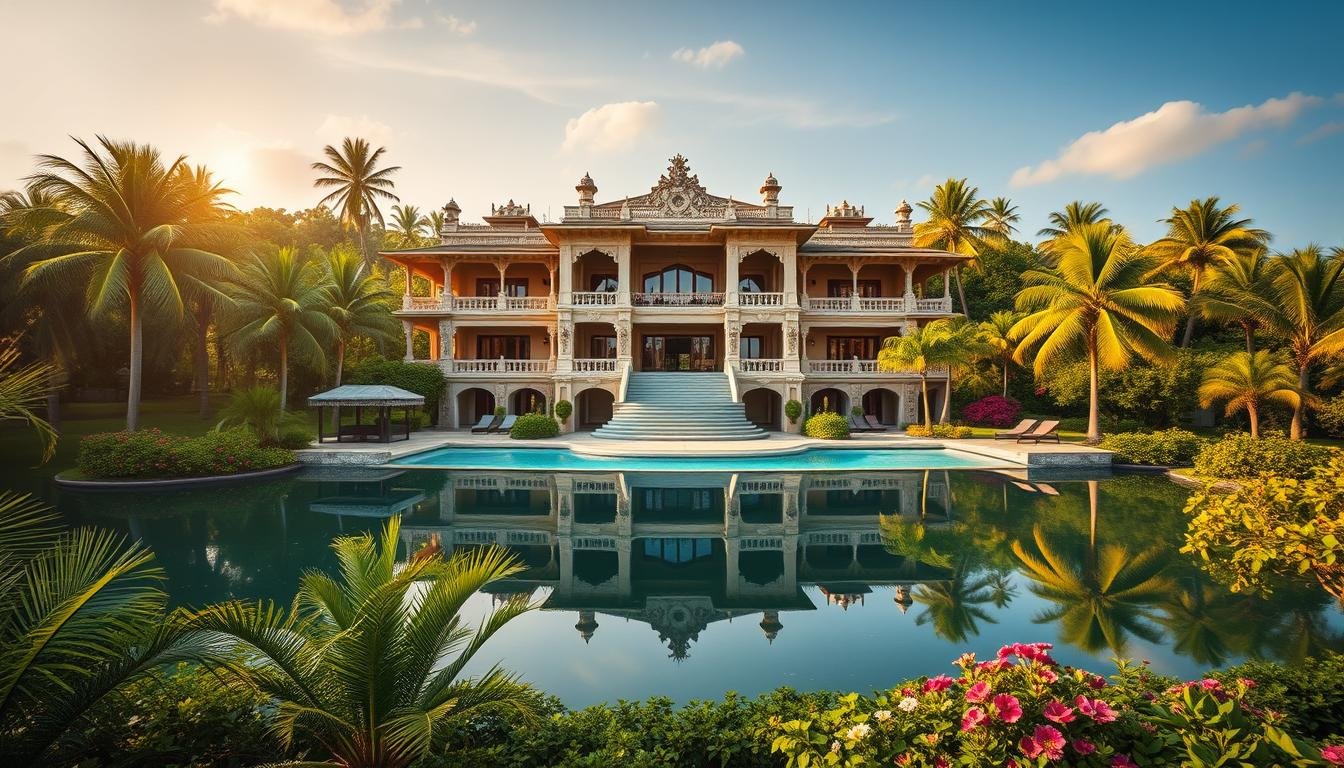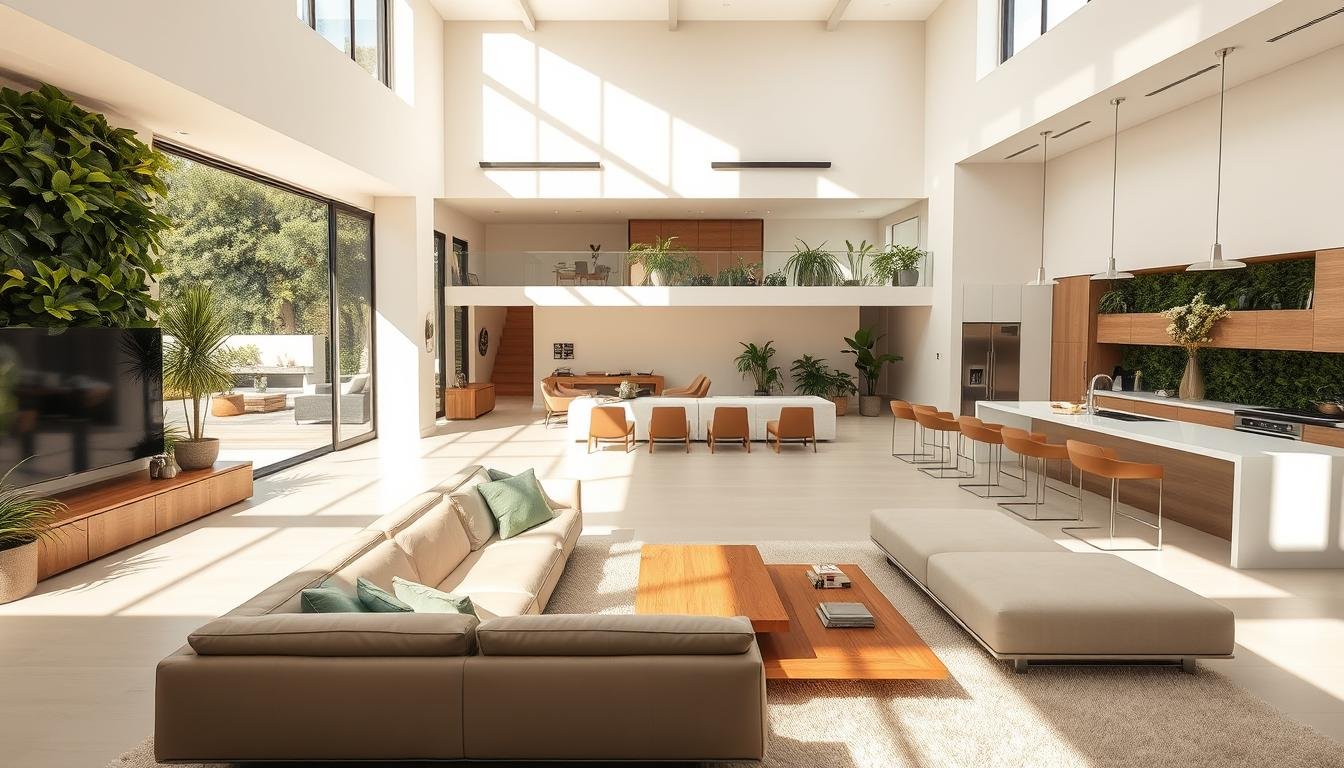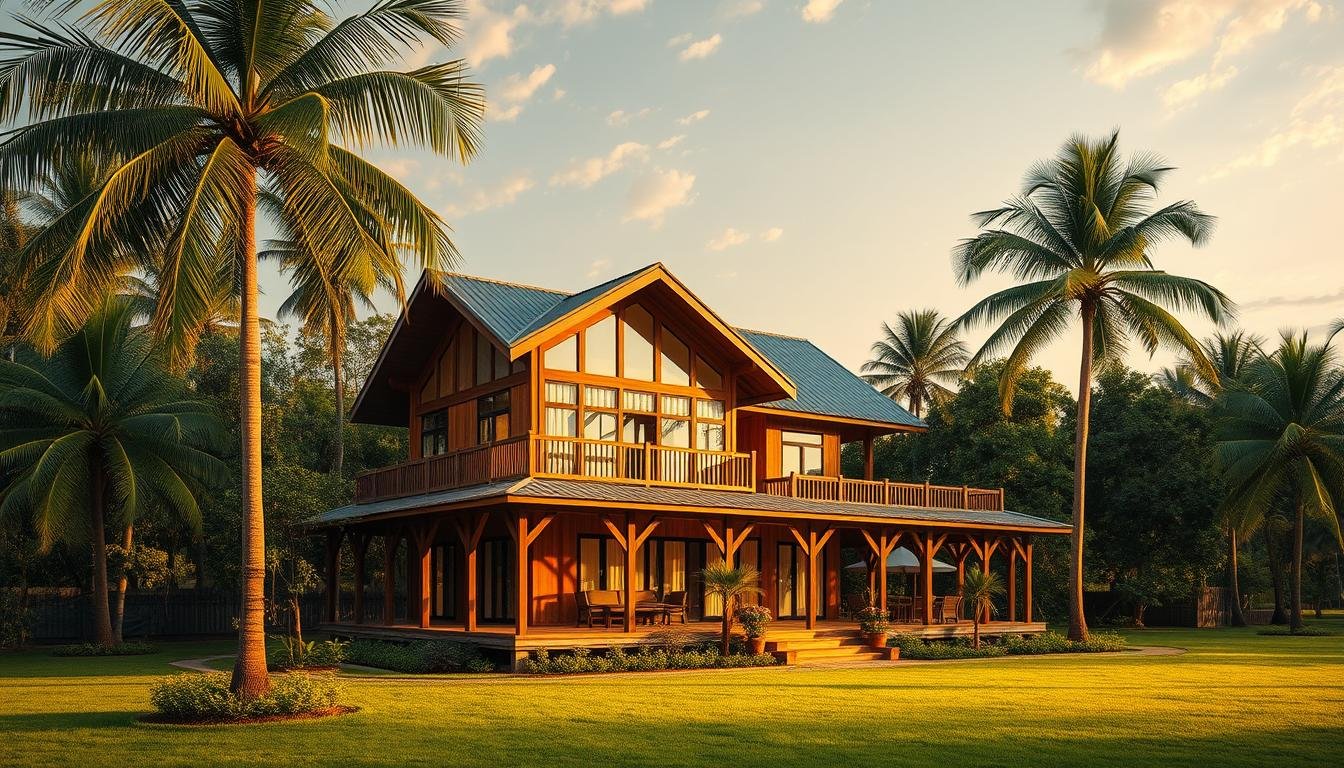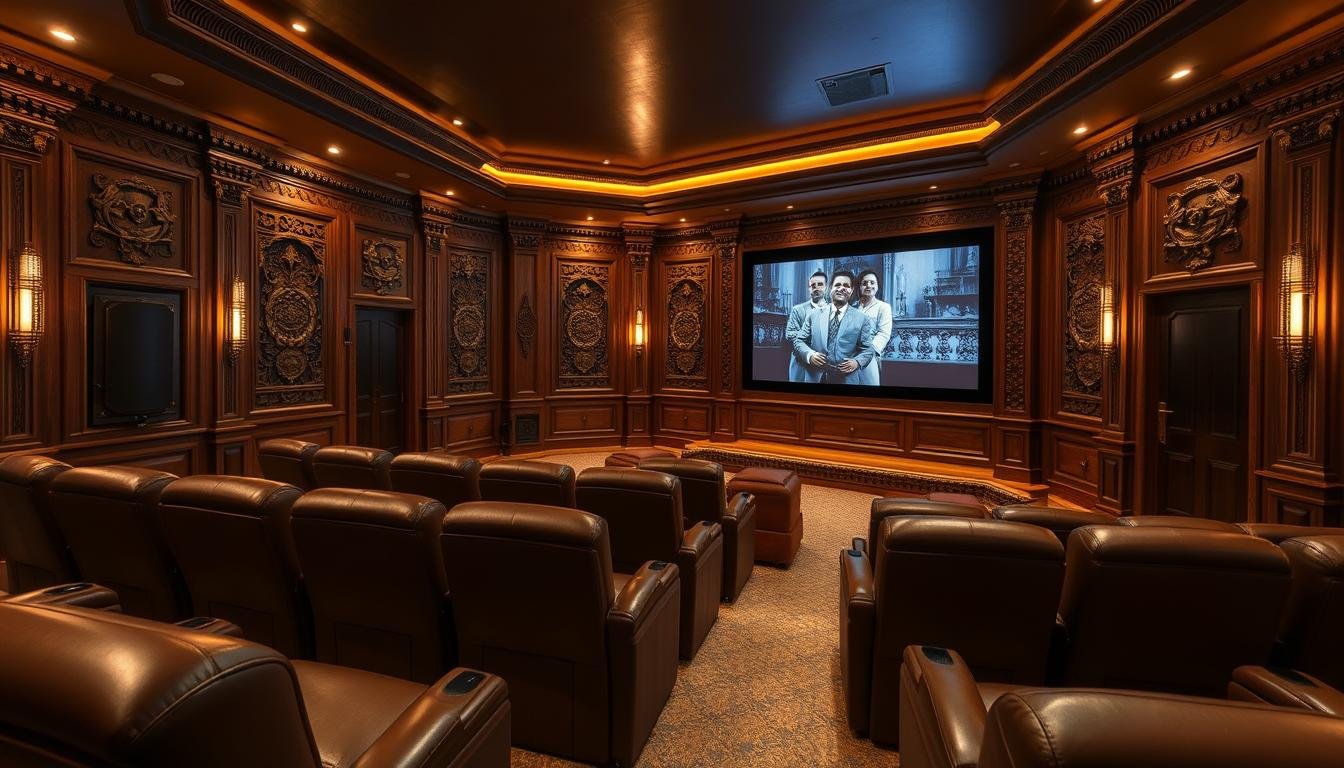Cladding isn’t just a finishing touch for architectural projects, it’s a smart solution for boosting both aesthetics and durability.
At Aaikya Architects, we see wall cladding as an investment in your project’s performance, protecting structures from the elements while refining their visual character.
Let’s break down the essentials of cladding so you can make confident, informed choices for your next project.
What is Wall Cladding and Why Does It Matter?
Wall cladding acts like a protective skin for buildings, shielding interiors and exteriors from weather damage and other environmental factors. By layering materials whether wood, stone, or modern composites, over base structures, cladding plays a key role in enhancing resilience and longevity.
Cladding installations don’t just look attractive; they also:
- Help regulate a building’s temperature
- Minimize moisture intrusion
- Improve energy efficiency
Learn more about the core benefits of wall cladding from reputable construction sources.
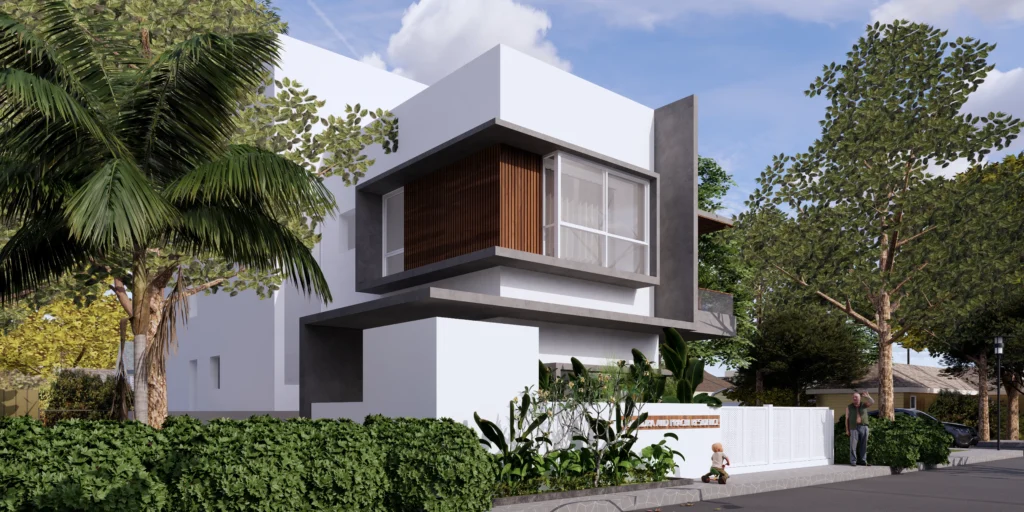
How Wall Cladding Systems Work
A typical wall cladding system consists of two parts:
- Wall Structure: Forms the backbone, providing support and pressure equalization.
- Cladding Layer: Acts as the visible shield, optimizing appearance and protecting against dampness, heat, and pollutants.
The cavity between these layers is designed to manage rainwater and condensation, further protecting your building’s integrity.
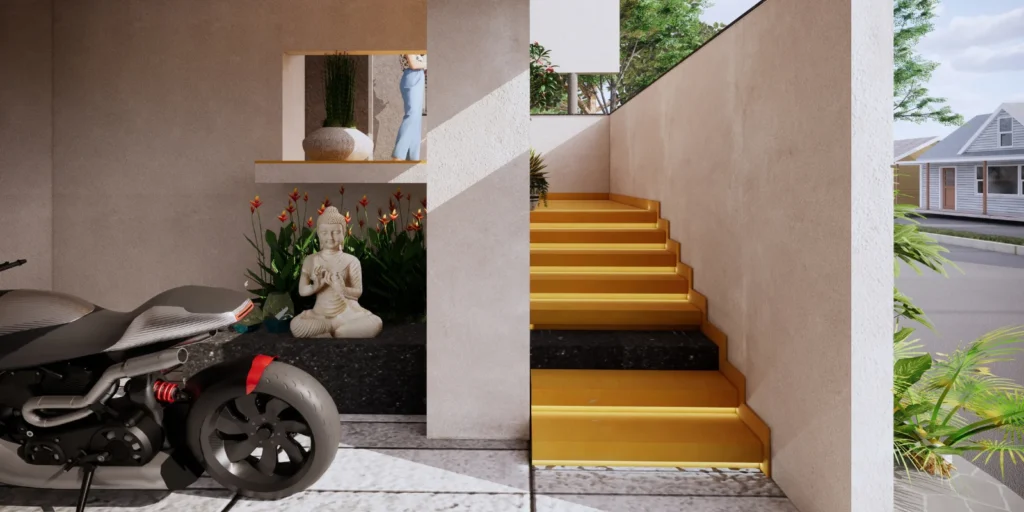
Key Advantages of Wall Cladding
Wondering why wall cladding is a staple in modern designs? Here are some compelling benefits supported by industry research:
- Reduces water absorption and moisture damage
- Safeguards against sunlight, pollution, and temperature fluctuations
- Adds a decorative, premium finish
- Boosts mechanical strength and durability
- Helps insulate against sound and temperature extremes
- Requires minimal maintenance over time
Popular Types of Wall Cladding Materials
Cladding materials continue to evolve as designers balance performance, sustainability, and style. Here are the most widely used options:
Wood Cladding
- Features: Natural look, supports various patterns, good insulation.
- Best for: Adding warmth and character to both interiors and exteriors.
Stone Cladding
- Features: Luxurious, long-lasting, natural variation in color and texture.
- Best for: Creating statement surfaces or dramatic accent walls.
Aluminium Cladding
- Features: Lightweight, recyclable, customizable in shape and finish.
- Best for: Sleek, modern buildings or areas requiring corrosion resistance.
Brick Cladding
- Features: Energy-efficient, low maintenance, timeless appeal.
- Best for: Classic architectural styles or areas with variable climates.
Ceramic Cladding
- Features: Weather-resistant, UV-stable, diverse styling options.
- Best for: Spaces demanding longevity and minimal upkeep.
Glass Cladding
- Features: Modern transparency, maximizes daylight.
- Best for: Facades where views and natural light are priorities.
Vinyl Cladding
- Features: Highly insulating, color-fast, low cost.
- Best for: Efficient upgrades, wide color choices.
Stainless Steel Cladding
- Features: Extremely durable and weatherproof, contemporary finish.
- Best for: Commercial applications needing top-tier longevity.
Concrete Cladding
- Features: Fire-resistant, available in various textures and colors.
- Best for: Large projects or buildings requiring strong, robust envelopes.
Fibre Cement Cladding
- Features: Durable, low maintenance, resistant to water and pests.
- Best for: Alternative to timber where extra protection is desired.
Quick Comparison Table: Wall Cladding Materials at a Glance
| Material | Durability | Maintenance | Key Benefit | Common Uses |
|---|---|---|---|---|
| Wood | High | Moderate | Warmth, aesthetics | Residential |
| Stone | Very High | Low | Luxury, uniqueness | Commercial, feature |
| Aluminium | High | Low | Lightweight, modern | Offices, retail |
| Brick | High | Low | Insulation, classic | Exteriors, schools |
| Ceramic | High | Low | Style, weatherproof | Facades, bathrooms |
| Vinyl | Moderate | Very Low | Affordable, easy | Renovations, homes |
| Stainless Steel | Very High | Low | Resilience, sleek | Public buildings |
| Concrete | High | Low | Fire safety, robust | Malls, hospitals |
| Fibre Cement | High | Low | Pest/water-proof | All-round use |
How to Select the Right Cladding Material
Choosing the perfect cladding comes down to your building’s needs, style goals, and climate considerations. Here are practical tips:
- Assess climate exposure and moisture risks
- Prioritize energy efficiency for your region
- Balance initial investment versus long-term maintenance
- Consider sustainable and locally sourced options
Reference: RIBA’s official guide on cladding selection.
If you’re ready to start, contact Aaikya Architects to discuss options best suited to your project.
Frequently Asked Questions (FAQ)
What is the main function of wall cladding?
Wall cladding acts as a protective and decorative layer on buildings, combating weather damage and improving insulation.
Which cladding material offers the best insulation?
Materials such as brick, fibre cement, and vinyl provide excellent thermal and acoustic insulation according to recent studies.
Is wall cladding suitable for both old and new buildings?
Absolutely—wall cladding can be retrofitted onto older structures or integrated into new designs for enhanced performance and curb appeal.
What maintenance does wall cladding require?
Most options require minimal care, primarily periodic cleaning and occasional inspections for damage.
Can cladding improve property value?
Yes, quality cladding can boost visual appeal and improve efficiency, positively impacting overall property value as observed in real estate trends.

